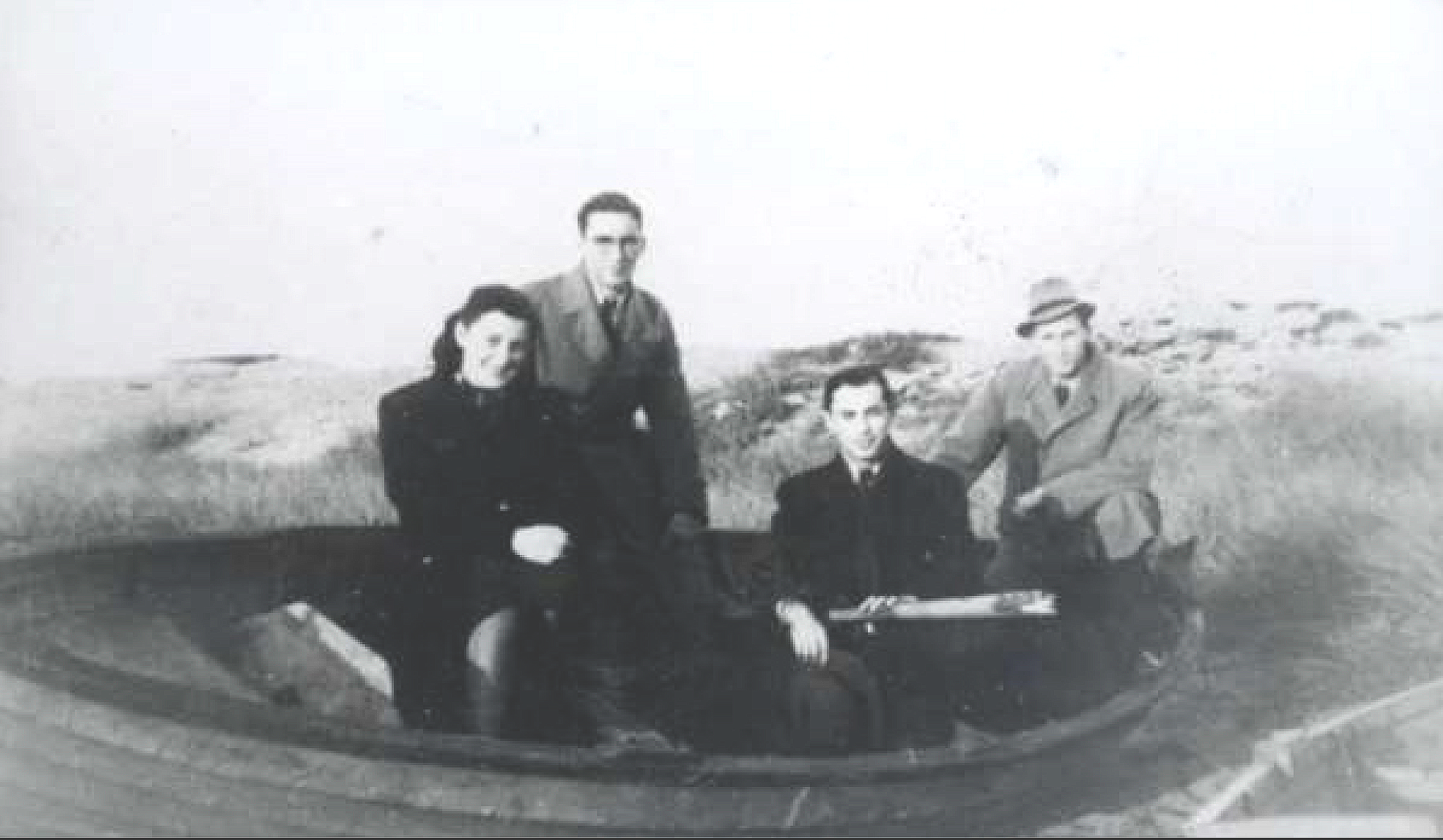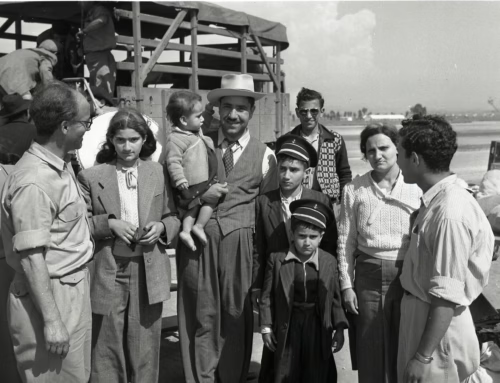80 years since rescue of 7,000 Danish Jews
The rescue operation in October 1943 that saved most of Denmark’s roughly 7,000 Jews from the Holocaust led to the Danish resistance movement, the Danish people and the Danish king being among the first to receive the award “Righteous Among the Nations” by Israel’s official Holocaust Museum Yad Vashem

Approximately 7,000 Danish Jews were saved from the Nazi concentration camps by escaping across the straits to neutral Sweden. Photo: Commons Wikimedia
In early October this year, it will be 80 years since around 7,000 Danish Jews were saved from the Nazi concentration camps by escaping across the Oresund to neutral Sweden.
Of Denmark’s Jews, less than one percent fell victim to Nazi genocide, making the country one of the few exceptions in the terrible history of the Holocaust.
In 1963, Yad Vashem, Israel’s Holocaust Memorial and Museum began to confer the “Righteous Among the Nations” award to non-Jewish people who saved Jews during the Holocaust, and among the first to receive the award were the Danish resistance movement, the Danish people and the Danish king.
Raoul Wallenberg then became number 31 among the approximately 28,000 who have received the award to date.
Orna Keren-Carmel, historian at the Hebrew University in Jerusalem, has in her research focused on modern Scandinavia’s relationship to the Holocaust and to the state of Israel in the years following the Second World War.
Her PhD at Aarhus University in Denmark focuses on the rescue of the Danish Jews and how this has been portrayed in Israeli history.
Firm stand
Orna Keren-Carmel states that all the Nordic countries – to varying degrees – attempted to save their Jewish population.
– Denmark is perhaps the most interesting example. The Danes’ clear stance made the Germans turn a blind eye to the rescue operation in October 1943. It was more important to them to have favorable relations with Denmark than to complete the Holocaust of the Danish Jews, she says, pointing to the importance of how states and authorities get involved in humanitarian crises.
– The Danish authorities said: “We do not want our Jewish population to suffer.” The Swedish authorities offered surviving Norwegian Jews as well as those in Denmark and Finland to come and find a safe haven in Sweden.
It was decisions from above that made these extraordinary rescue efforts possible during the war. The Danes’ clear position meant that the Germans turned a blind eye to the rescue operation in October 1943.
Nation-wide radio warning
When Sweden heard that Danish Jews were to be deported, the Swedish government made a radio broadcast at six o’clock in the morning of October 2 where Sweden warned Nazi Germany of consequences should the deportation take place and that all Danish Jews were welcome to Sweden.
– When the BBC also reported on Sweden’s official statements on October 3, it made a big impression around the world, says Orna Keren-Carmel,
In many occupied countries in Eastern Europe upwards of 90 percent of the Jewish population was killed. Also in Belgium, the Netherlands and Norway, a large number of the Jews were sent to Auschwitz.
Of the 773 Norwegian Jews who were sent to Poland and Germany, only 38 of them survived, which means that 35 percent of the Norwegian-Jewish population – which consisted of about 2,100 people – was murdered.



